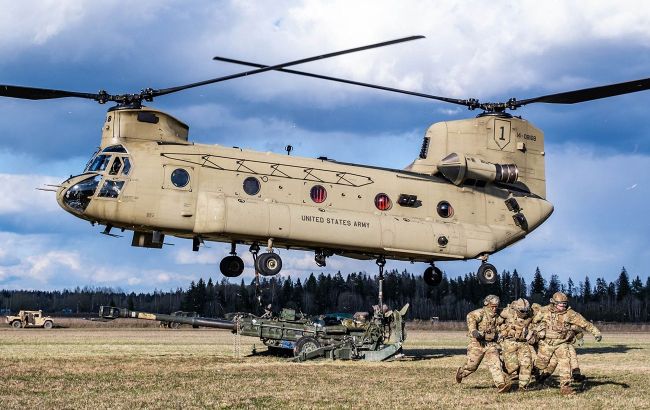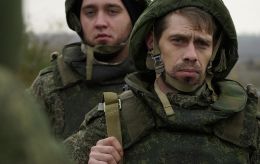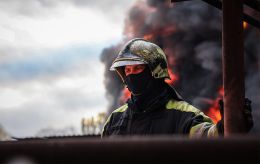1980s-era tech leaves NATO paying blns to stop cheap Russian drones
 Photo: shortcomings of NATO technologies in repelling attacks of Russian drones (Swift/Response/2021/nato)
Photo: shortcomings of NATO technologies in repelling attacks of Russian drones (Swift/Response/2021/nato)
Experts note that the defense from Russian drones in Poland was effective but cost more than a billion dollars because of outdated NATO technologies, according to CNN.
After almost two dozen Russian unmanned aerial vehicles invaded the territory of Poland, in Europe they began seriously to discuss whether the alliance is ready to resist the growing threat.
CNN notes that for Russia, this experiment turned out cheap, because Ukrainian intelligence officers estimate the cost of drones of the type Gerbera at only 10 thousand dollars per unit, while NATO’s reaction cost millions.
"The cost asymmetry does not work," says expert of the London analytical center RUSI, Robert Tollast.
He noted that the effectiveness of the defense was there, but the price of such an approach exceeded a billion dollars, which makes it unacceptable for regular use.
NATO technologies and drone-wall
Experts note that many defense technologies of NATO did not take into account the asymmetric threat of drones. The general director of MARSS, Johannes Pinl, explained that a significant part of the Polish border could already have been closed by a "drone-wall" – a multi-level network of detection and interception.
At the same time, Pinl notes that NATO’s procurement systems are "still in the 80s." Modern interceptors with artificial intelligence in Europe still do not have official technical characteristics, although MARSS has been working with them for years.
Tollast emphasizes the need to combine expensive means of defense, such as F-35 and Patriot batteries, with less reliable but cheaper interceptors of drones. According to him, the experience of Ukraine has shown that experiments with lower-level technologies provide critically important data for effective defense.
Attack by Russian drones on Poland
Recall that on the night of 10 September, about 20 Russian drones flew into the airspace of Poland, mostly from the territory of Belarus. At the same time, air defense forces managed to shoot down four unmanned aerial vehicles.
At the same time, NATO Secretary General Mark Rutte, in all this, called the reaction of the Alliance to the incident in Poland "very successful." He emphasized that the attack showed NATO’s readiness to defend every centimeter of its territory, including airspace.
In connection with the Russian attack, NATO applied Article 4. This will allow member states to discuss the situation with allies in the North Atlantic Council.
Later in Poland, NATO started the operation Eastern Sentry to strengthen the defense of the eastern flank of Europe in response to the invasion of Russian unmanned aerial vehicles into the airspace of Poland.

